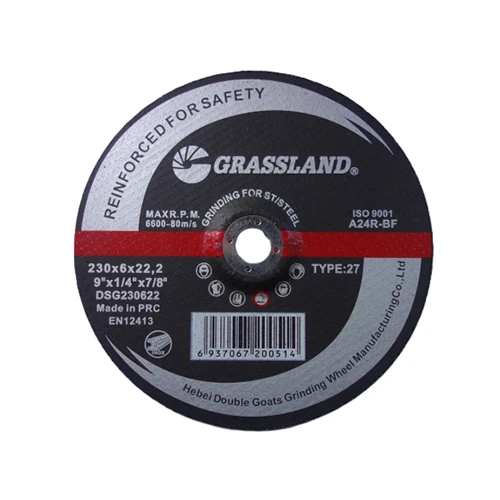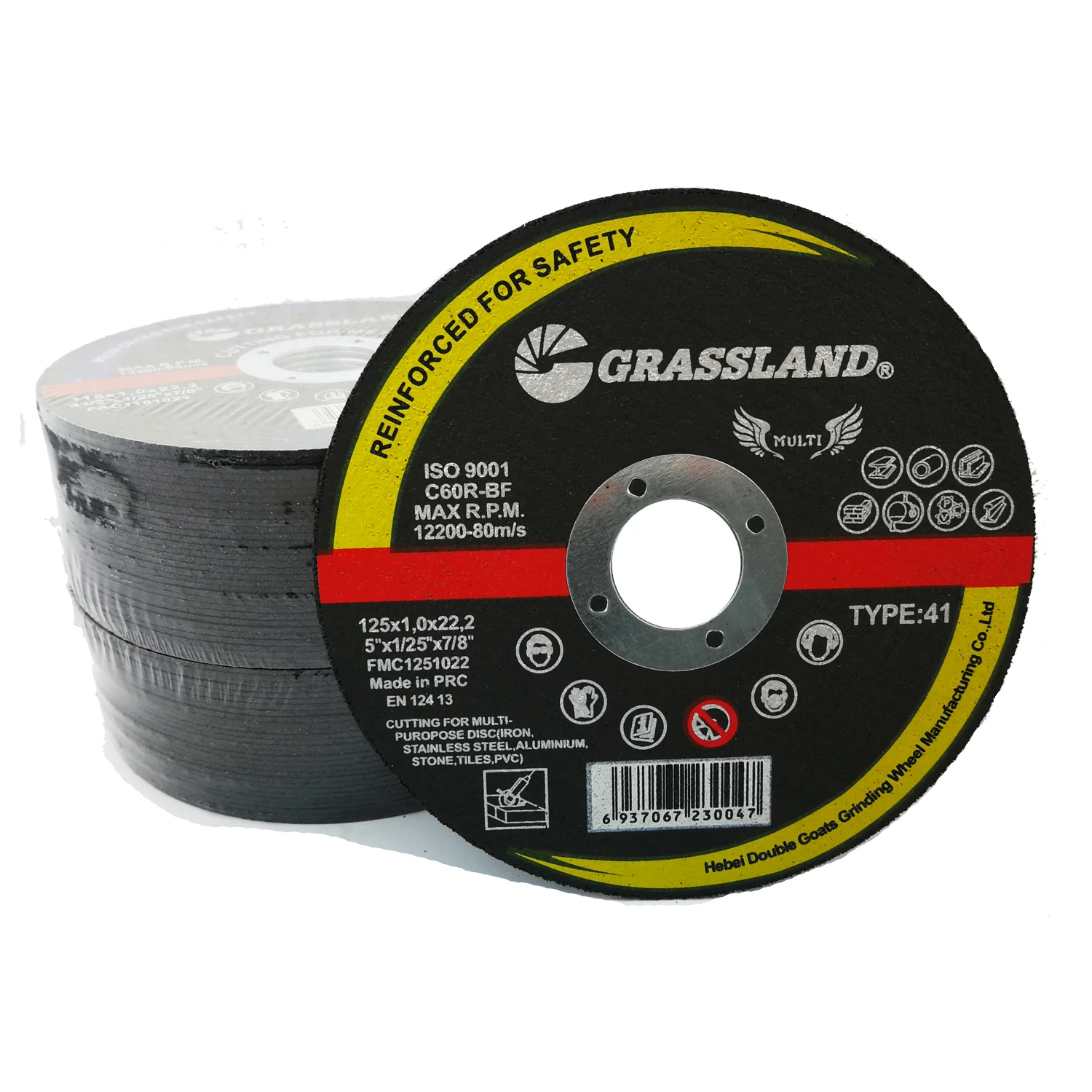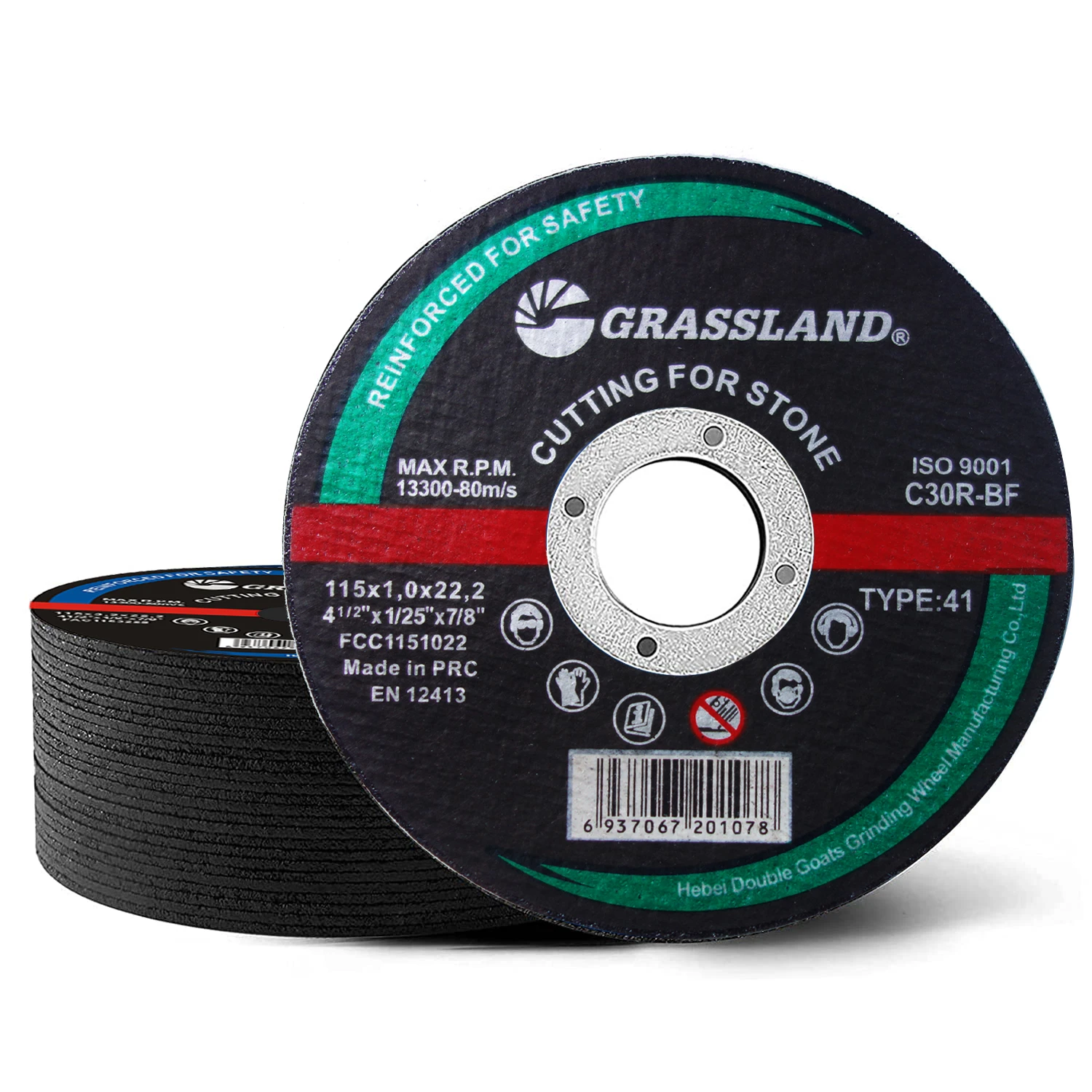Power tools like angle grinders and circular saws are only as effective as the discs they are paired with. In metalworking, where durability, precision, and safety are critical, choosing the correct disc type is the foundation for success. Whether you are slicing through hardened steel or grinding down welds, there’s a disc engineered for every task. With so many options available, it’s essential to understand how each disc works and where it performs best. From general cutting to detailed grinding, your productivity depends on informed disc selection.

Precision Work Demands Proper Angle Grinder Disc Types for Steel Projects
In professional fabrication and at-home workshops alike, the variety of angle grinder disc types for steel can dramatically influence the outcome of a project. From thin cutting wheels that offer speed and minimal heat buildup to flap discs used for smoothing and finishing surfaces, the right disc ensures clean, controlled performance. Each type varies in grit, thickness, and material composition, with some suited for aggressive cuts and others for detailed surface prep. Understanding these differences helps users avoid overheating, reduce wear on tools, and achieve consistent results across a range of steel alloys.
Heavy-Duty Applications Require a Trusted Metal Cutting Disc That Endures
Choosing a metal cutting disc isn’t simply about finding a product that can cut; it’s about selecting one that withstands stress, heat, and friction over time. Abrasive cutting discs are made from bonded materials such as aluminum oxide or zirconia alumina, offering enhanced durability and precision. These discs are designed to maintain structural integrity even under demanding conditions. Whether you're cutting rebar, tubing, or structural steel beams, a high-performance metal disc allows smoother operation and longer tool life. Additionally, proper disc selection reduces sparks, material burrs, and the need for post-cut cleanup.
Get Seamless Performance with the Right Metal Cutting Disc for Grinder Use
The efficiency of a grinder heavily depends on matching it with the proper metal cutting disc for grinder applications. Standard grinders typically accommodate discs ranging from 4.5 inches to 9 inches, each compatible with specific disc thicknesses and bonding agents. Metal discs used on grinders must offer a balance between aggressiveness and control. Too thick, and the disc causes drag; too thin, and it may wear too fast or become unstable. Premium options also include features such as reinforced fiberglass mesh and vibration-dampening cores, both of which enhance performance and safety.
Optimize Your Sawing Experience with Metal Cutting Disc for Circular Saw Blades
Professionals and DIYers alike are discovering the efficiency of using a metal cutting disc for circular saw setups. Unlike wood-cutting blades, metal discs must be heat-resistant and designed to prevent kickbacks. These discs often feature carbide-tipped teeth or abrasive coatings capable of slicing through tough metals without binding. It’s crucial to ensure that your circular saw has sufficient RPM and torque to match the specifications of the cutting disc, as mismatched tools can result in uneven cuts or safety hazards. When optimized, this combination allows clean, straight cuts in sheet metal, rods, and even structural angles.
Surface Preparation Begins with the Right Grinding Disc for Metal Tasks
Once cutting is complete, finishing becomes the focus—and this is where a grinding disc for metal becomes essential. These discs, available in a range of grits and compositions, are used to smooth weld seams, remove rust, and prepare surfaces for painting or coating. Whether you need a coarse grain for fast material removal or a finer grain for a smoother finish, there's a disc that fits the task. Advanced grinding discs include ceramic or zirconium grains, which cut cooler and last longer. With the right disc, surface preparation becomes faster, safer, and more professional-looking.
How Disc Design Influences Metal Cutting Quality
The design of a cutting disc impacts everything from cut depth to spark generation. Thinner discs produce cleaner, more precise cuts but wear out faster, while thicker discs are more durable but require more effort. Disc geometry, grain structure, and bonding resins all play a role in how the disc interacts with the workpiece, affecting both the finish and the operator's experience.
Safety Considerations When Selecting and Using Metal Discs
Regardless of the task, safety should always be top of mind. Ensure discs are rated for the RPM of your tool, and always inspect for cracks or damage before use. Use safety guards, gloves, and eye protection at all times. Overheating a disc through excessive pressure or incorrect use can lead to breakage, posing serious injury risks.
Disc Maintenance and Replacement Best Practices
To get the most from your metal cutting and grinding discs, store them in a dry, cool place and handle with care. Replace discs when they become worn, warped, or cracked. Using a damaged disc reduces cutting efficiency and increases the risk of accidents. Always use the proper flange system recommended by the manufacturer for mounting.
Angle Grinder Disc Types for Steel and Related Products FAQs
Q: What are the most common angle grinder disc types for steel?
A: Common types include cutting wheels, grinding wheels, flap discs, and wire brush wheels. Each serves a different purpose depending on whether you need to cut, grind, smooth, or clean steel surfaces.
Q: How can I select the best metal cutting disc for grinder work?
A: Look for disc compatibility with your grinder’s RPM, and choose materials like aluminum oxide or zirconia for durability. Consider thickness based on your desired cut precision and safety.
Q: Are metal cutting disc for circular saw tools safe to use?
A: Yes, as long as the disc is rated for metal cutting and matches your circular saw’s power and RPM. Always follow safety protocols and ensure correct installation.
Q: When should I use a grinding disc for metal instead of a flap disc?
A: Use grinding discs for heavy material removal and flap discs for smoothing and finishing. Grinding discs offer faster performance on tough materials, while flap discs leave cleaner finishes.
Q: What is the lifespan of a typical metal cutting disc?
A: It depends on frequency of use, disc material, and type of metal being cut. High-quality discs can last several hours of continuous use, while cheaper discs may wear out faster.
Post time:Aug - 20 - 2025

















